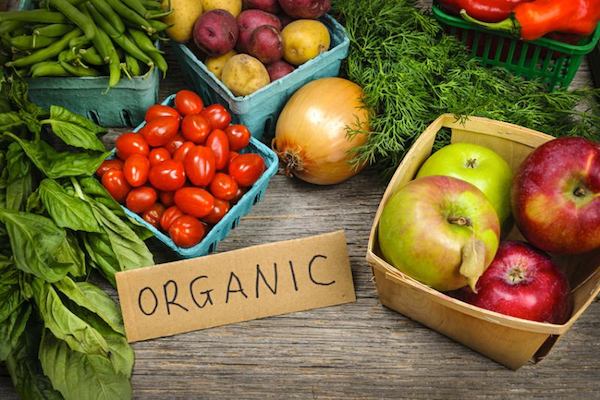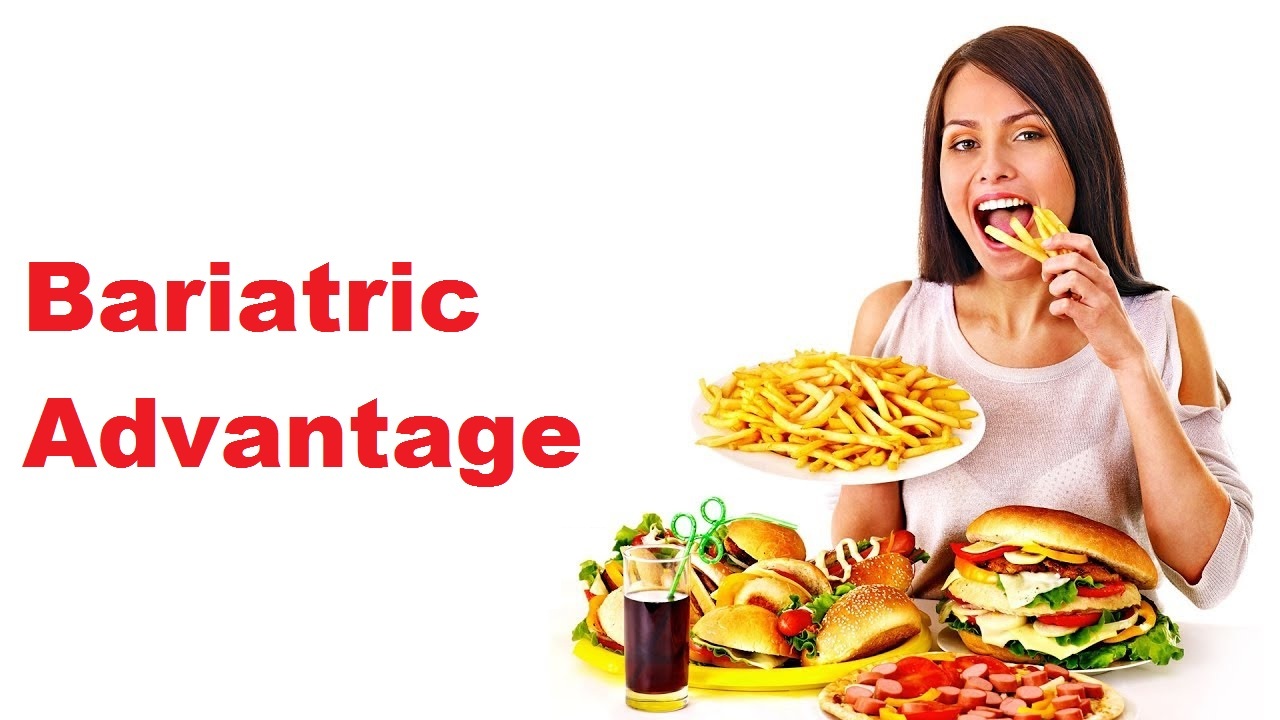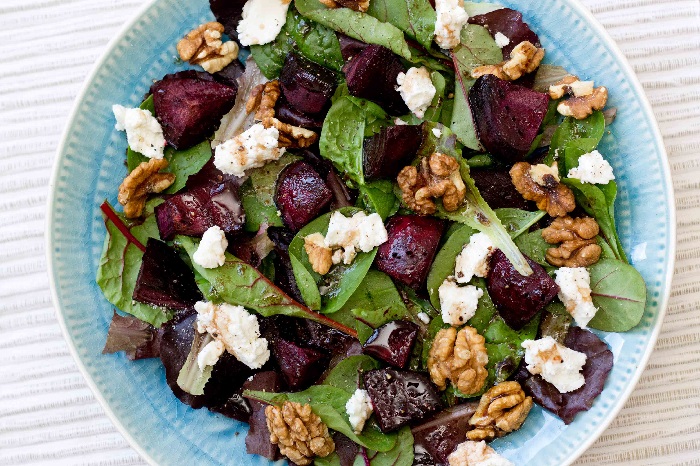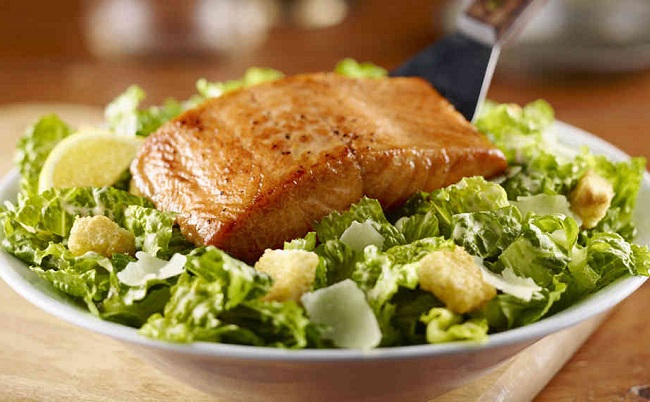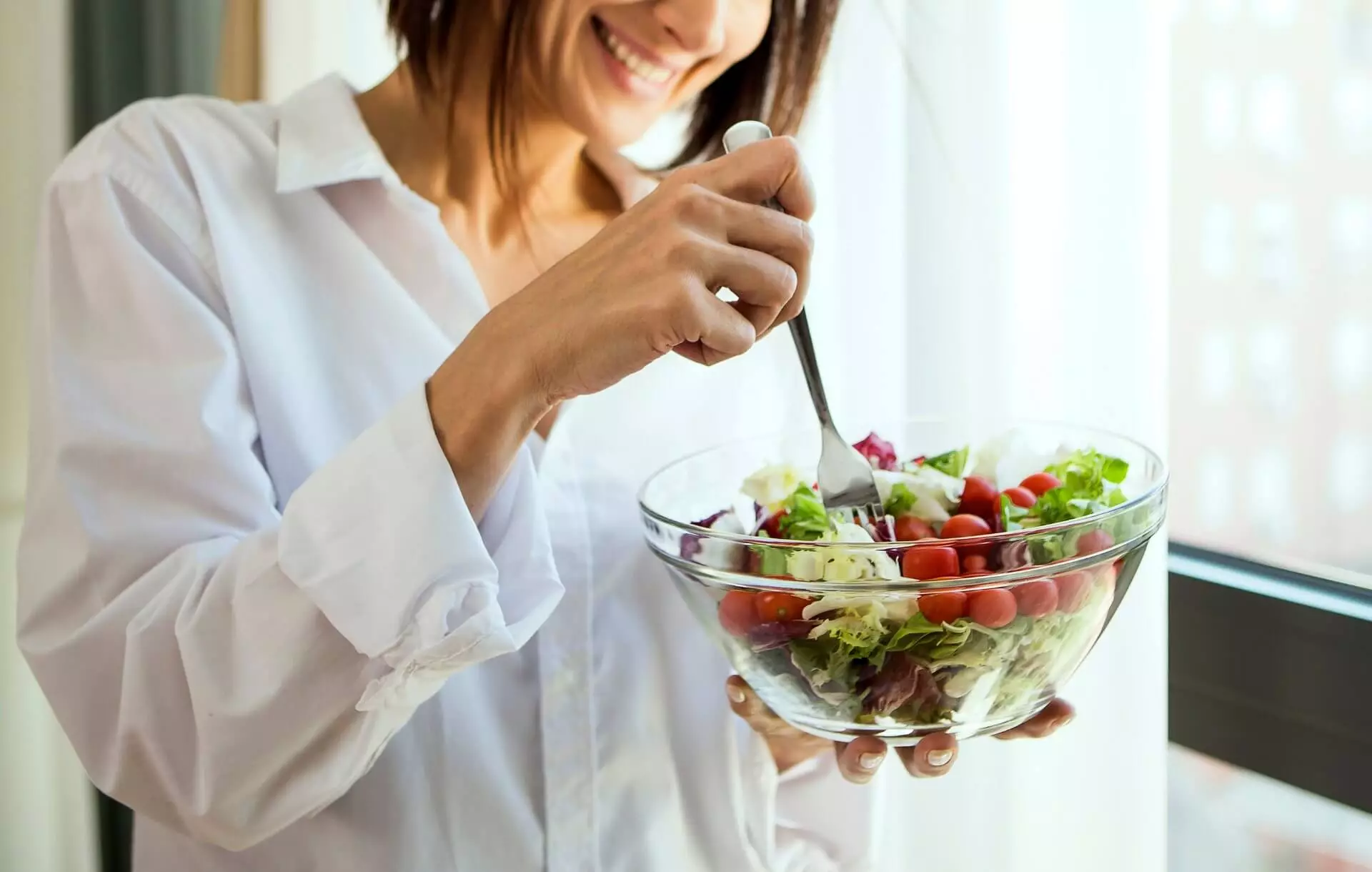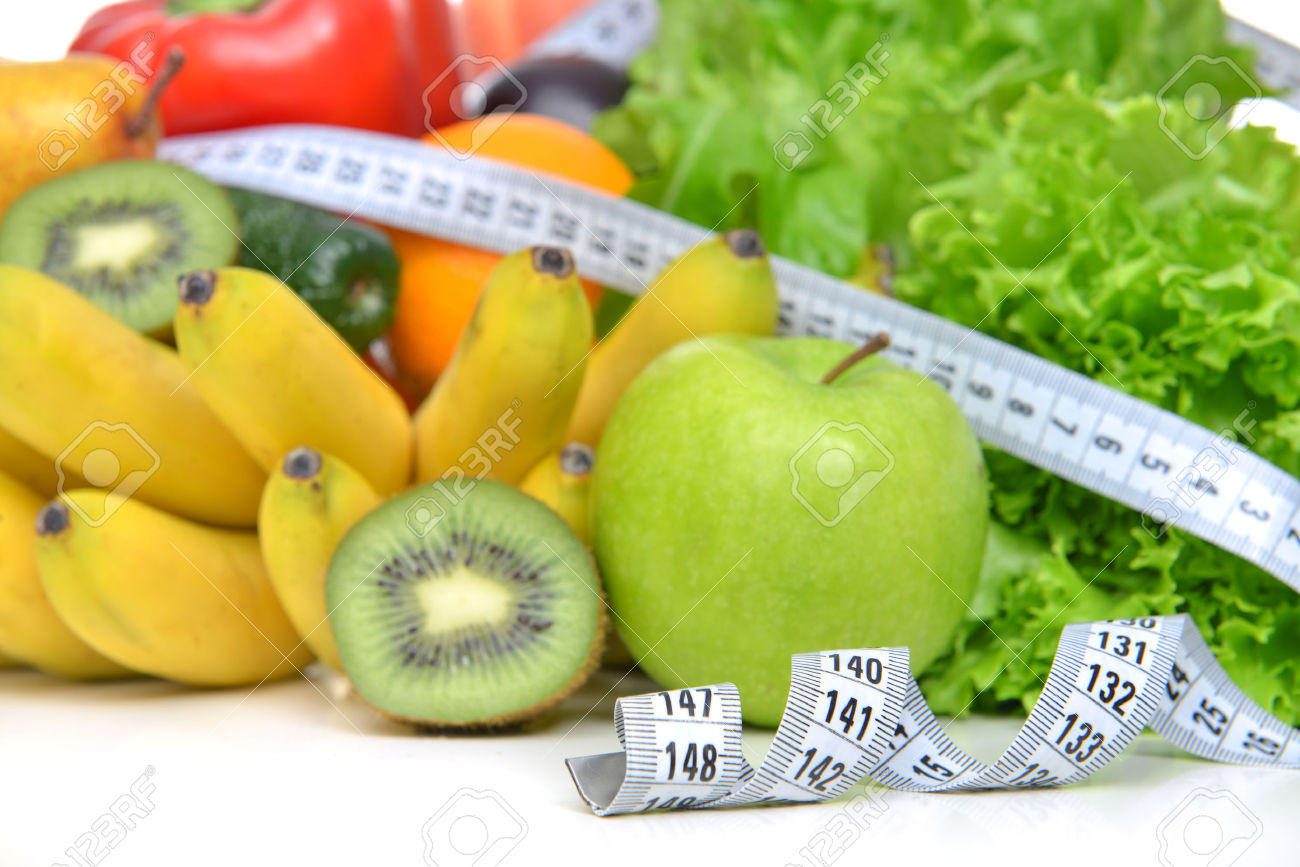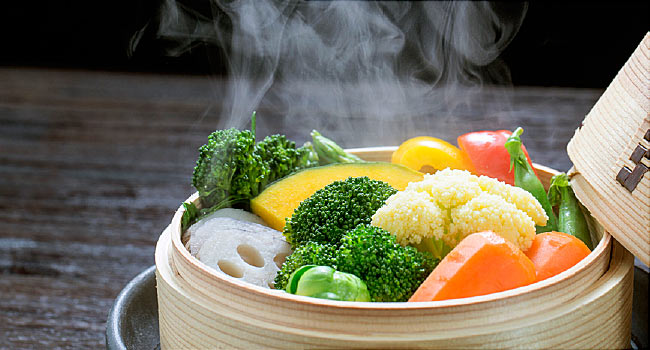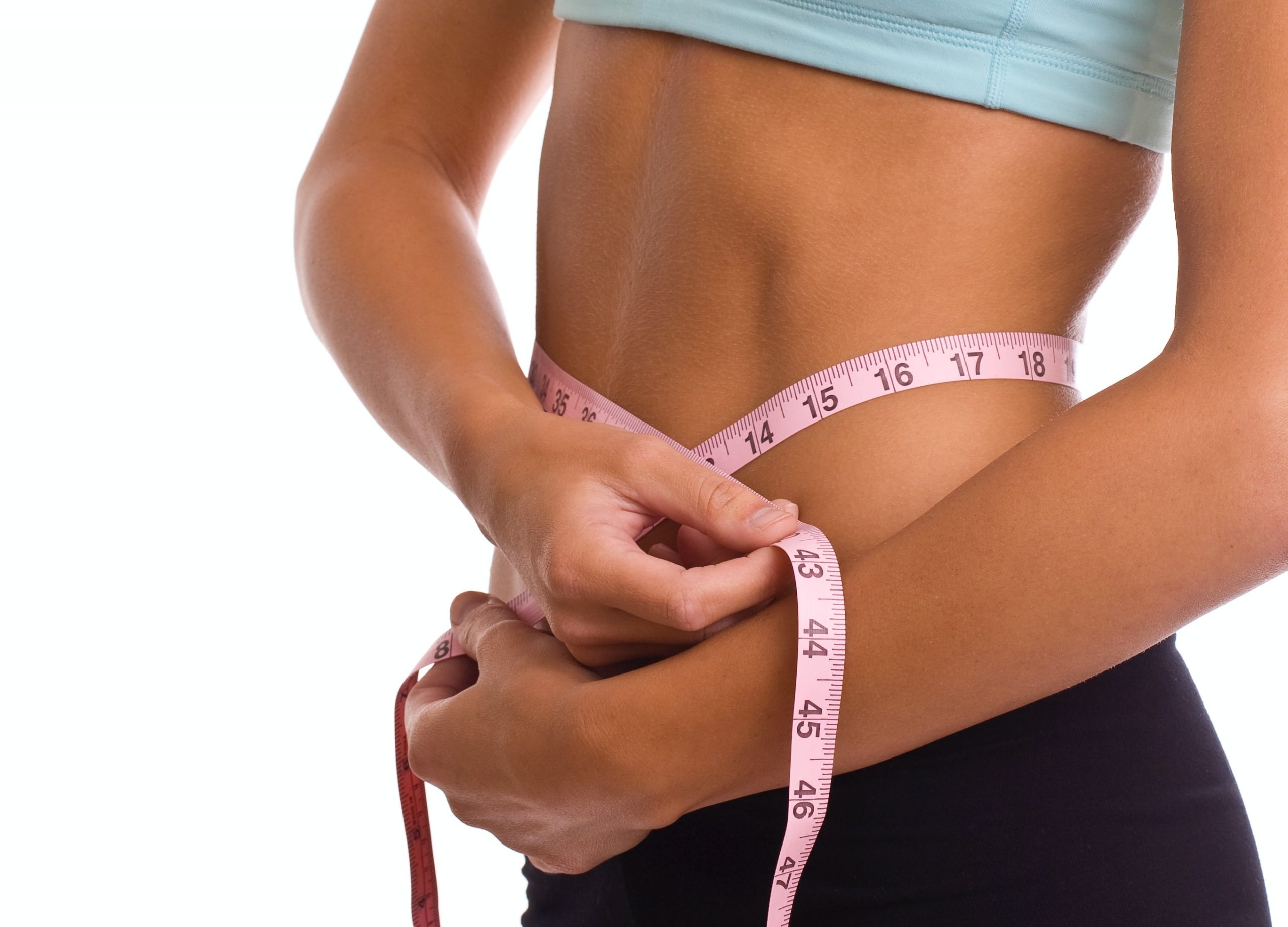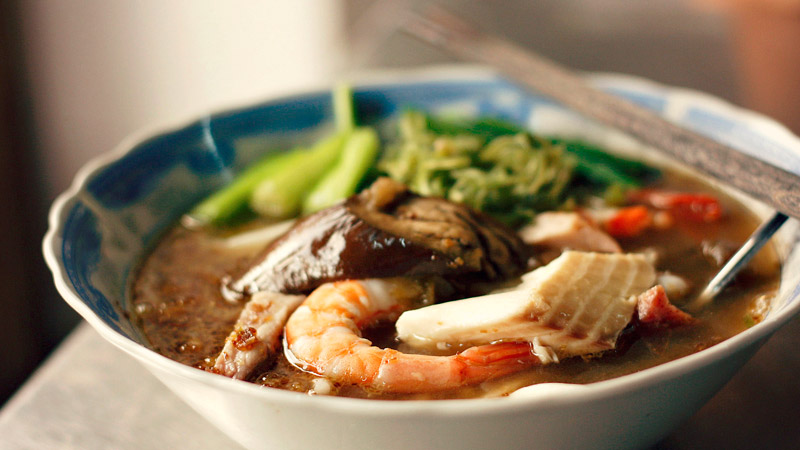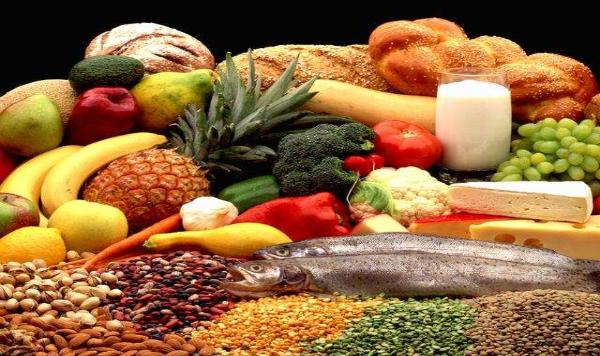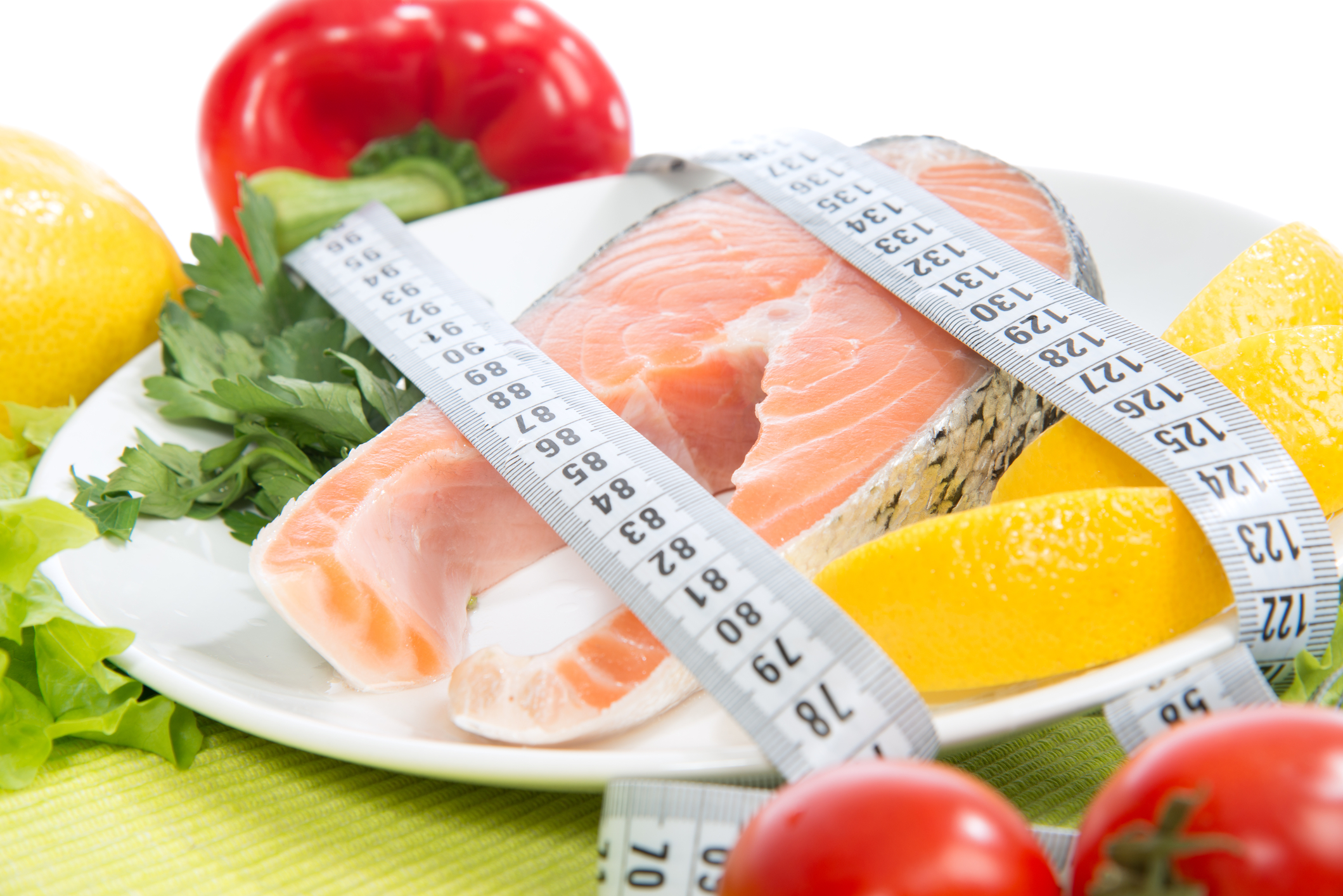Walk into any grocery store, and you’re bombarded with labels screaming “organic,” “natural,” and “good source of protein.” But here’s the truth: most of what’s on the shelves isn’t real food. It’s ultra-processed food disguised as something healthy.
Ultra-processed foods aren’t just a little unhealthy—they’re one of the biggest reasons people feel sluggish, struggle with weight gain, and have energy crashes that hit harder than a Monday morning alarm. But how do you spot them? And more importantly, what should you be eating instead?
Let’s break it down.

What Are Ultra-Processed Foods?
Ultra-processed foods go way beyond just adding sugar or salt. They’re industrial creations packed with artificial flavors, preservatives, emulsifiers, and other additives that didn’t exist in your great-grandmother’s kitchen.
They’re designed to be hyper-palatable (a fancy way of saying “addictive”), last forever on a shelf, and keep you coming back for more. Think:
Packaged snacks
Sugary cereals
Flavored yogurts
Frozen dinners
Fast foodNot all processed foods are bad—cheese, canned beans, and frozen vegetables all go through some level of processing. The problem is when food is so modified that it barely resembles its original ingredients.
How to Spot Ultra-Processed Foods
Reading labels shouldn’t require a chemistry degree. Here’s how you can quickly tell if something is ultra-processed:
- Check the Ingredient List
If the ingredient list looks like a science experiment, put it back. Here’s what to watch for:
Unrecognizable ingredients – If you can’t pronounce it or wouldn’t find it in a regular kitchen, it’s a red flag.
Artificial flavors & colors – “Red 40,” “Yellow 5,” or “Natural flavors” (which is a sneaky catch-all term).
Preservatives & emulsifiers – Look out for things like sodium benzoate, carrageenan, and polysorbate 80.- The Number of Ingredients Matters
A general rule: the fewer the ingredients, the better. Real food doesn’t need 25 things to taste good.
Compare a homemade guacamole (avocados, lime, salt) to a store-bought dip loaded with vegetable oil, sugar, and stabilizers. Big difference.
- Watch for Hidden Sugar & Sweeteners
Manufacturers love sneaky names for sugar:
High fructose corn syrup
Maltodextrin
Dextrose
Cane juice
Aspartame & sucralose (artificial sweeteners)If it’s sweet and doesn’t naturally come that way (like fruit or honey), it’s probably ultra-processed.
- Beware of “Health” Buzzwords
“Low-fat,” “high-protein,” and “gluten-free” don’t mean healthy. Many ultra-processed foods slap on a “health” claim to make you feel good about eating them.
A protein bar with 20 grams of protein but loaded with artificial sweeteners, gums, and fillers? That’s just candy with better marketing.
What to Eat Instead
If you want real energy, better digestion, and long-term health, the solution is simple: eat food that looks like food.
- Whole Foods Over Packaged Instead of: Packaged granola bars Try: Nuts, seeds, or a homemade energy bite with oats, nut butter, and honey. Instead of: Sugary yogurts Try: Plain Greek yogurt with fresh fruit and a drizzle of honey. Instead of: Sports drinks Try: Water with lemon or lime (or an all-natural water enhancer like Burton’s Best).
- Cook More (It’s Easier Than You Think)
Most ultra-processed foods exist for convenience. But you don’t have to spend hours in the kitchen to eat real food.
Scramble eggs instead of grabbing a frozen breakfast sandwich.
Roast a big batch of veggies once a week to throw into meals.
Use real spices instead of pre-made seasoning packets with MSG and fillers.- Prioritize Simple, Natural Ingredients
Think one-ingredient foods:
Fruits & Vegetables – Fresh, frozen, or dried without added sugar.
Protein Sources – Eggs, chicken, fish, grass-fed beef.
Healthy Fats – Avocados, olive oil, nuts, seeds.
Whole Grains – Quinoa, oats, rice (instead of refined flour products).The Bottom Line
Ultra-processed foods are everywhere, but they don’t have to be on your plate.
The key is awareness—knowing what’s in your food, reading labels, and making small swaps that add up over time. You don’t have to be perfect, but the more whole foods you eat, the better you’ll feel.
Real food = real results. It’s that simple. For More Detail Visit: Burtons Best Healthy Living Blog

Carl Clay is a health blog author who has been writing about nutrition, fitness and healthy living for over 10 years. He also loves to run, hike and bike with her wife.

